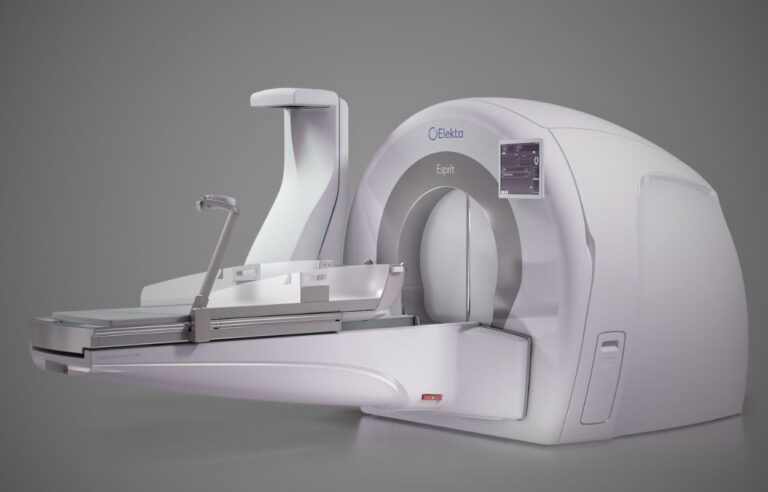When it comes to treating complex brain conditions, precision and effectiveness are paramount. Gamma Knife radiosurgery has emerged as one of the most advanced, precise, and non-invasive methods for treating brain tumors and other neurological conditions. This blog explores Gamma Knife treatment, its medical applications, and why it’s becoming increasingly favored by neurosurgeons and patients worldwide.
What is Gamma Knife Treatment?
Gamma Knife treatment, despite its name, involves no actual surgical knives or incisions. It is a highly precise form of stereotactic radiosurgery used specifically for the brain, employing targeted gamma radiation to treat tumors, vascular malformations, and other neurological disorders. Developed in Sweden by Professor Lars Leksell in the 1960s, Gamma Knife technology has revolutionized neurosurgery, providing patients with safer, faster, and more comfortable treatment options compared to traditional surgery.
This cutting-edge technology delivers focused beams of radiation from multiple angles directly to the targeted area in the brain, minimizing damage to surrounding healthy tissues. With sub-millimeter precision, Gamma Knife radiosurgery significantly reduces risks commonly associated with conventional brain surgeries.
Indications: Conditions Treated by Gamma Knife
Gamma Knife treatment effectively addresses a wide array of neurological conditions, including:
1. Brain Tumors
Benign Tumors: Acoustic neuromas (vestibular schwannomas), meningiomas, pituitary adenomas.
Malignant Tumors: Brain metastases, gliomas, astrocytomas.
2. Vascular Disorders
3. Functional Disorders
Gamma Knife radiosurgery is especially suitable for tumors that are challenging to remove surgically due to their location or the patient’s medical condition, making it a viable alternative when conventional surgery is high-risk or not possible.
Advantages of Gamma Knife Radiosurgery
Non-Invasive Procedure
Gamma Knife treatment does not require incisions, anesthesia, or prolonged hospitalization. Patients typically return home the same day or after a brief overnight stay, dramatically reducing hospital-related stress and recovery time.
High Precision and Accuracy
Gamma Knife’s precise targeting minimizes damage to healthy brain tissue, preserving neurological functions and reducing potential side effects compared to traditional surgery or less sophisticated radiation therapy methods.
Short Treatment Duration
The procedure usually takes a few hours, often completed within a single session. Patients can resume normal activities relatively soon, significantly improving their quality of life compared to invasive surgical methods.
Lower Risk and Complications
Since no actual surgery occurs, the risks of infection, bleeding, and post-surgical complications are greatly diminished. Recovery is typically rapid, with minimal discomfort.
Proven Clinical Effectiveness
Clinical studies have consistently shown Gamma Knife radiosurgery to be highly effective in shrinking or stabilizing tumors, alleviating symptoms, and controlling disease progression for many patients.
How Gamma Knife Treatment Works: Procedure Steps
Preparation: Patients undergo diagnostic imaging such as MRI or CT scans to precisely locate the treatment area.
Planning: Neurosurgeons, radiation oncologists, and physicists create an individualized treatment plan using advanced software.
Treatment: The patient’s head is gently immobilized using a frame or specialized mask, and precise gamma radiation beams are administered according to the detailed plan.
Follow-up: Regular imaging and neurological examinations monitor treatment effectiveness and the patient’s ongoing health.
Safety and Potential Side Effects
Gamma Knife radiosurgery is very safe, with few complications. Mild side effects, such as temporary headaches or mild nausea, can occur but typically resolve quickly. Serious complications are exceedingly rare, especially when treatment is performed at specialized centers by experienced medical teams.
Conclusion: The Future of Brain Treatments
Gamma Knife radiosurgery has become a cornerstone in modern neurosurgical care, offering patients a safe, non-invasive, and highly effective treatment alternative. Its precision, efficiency, and minimal invasiveness have transformed patient outcomes and quality of life. As technology evolves, Gamma Knife treatment continues to set new standards for treating brain tumors and neurological disorders.


